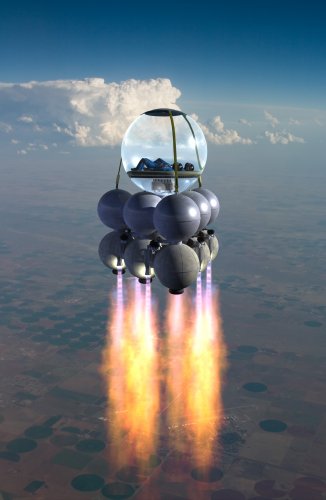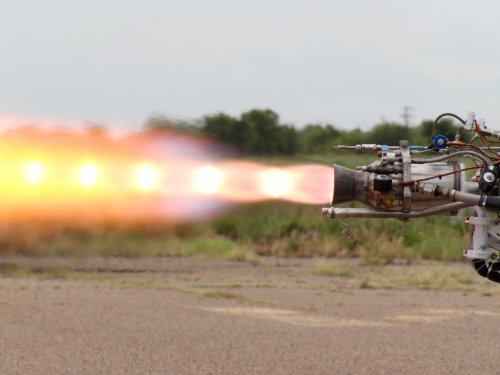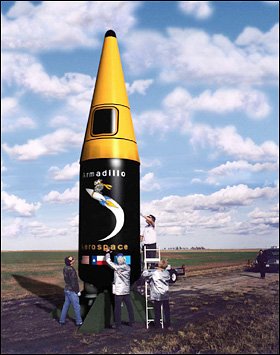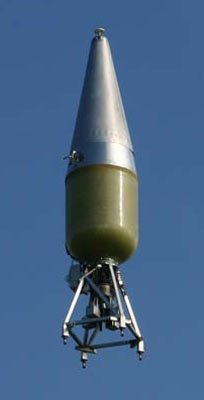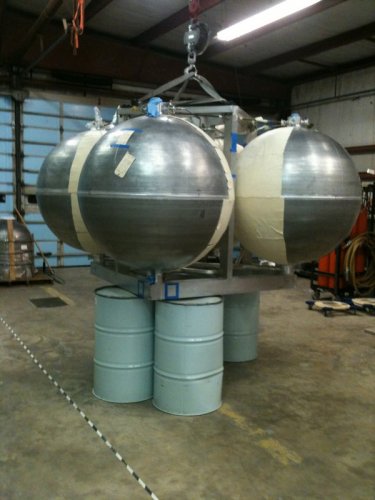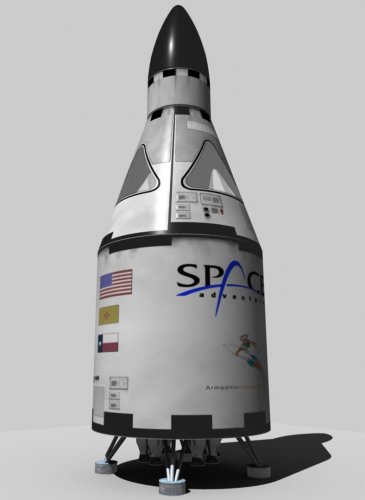mz said:
They build stuff out of basic aluminium shells, sometimes machine some smaller parts. Welding included. They order parts from don't remember who, I think spin forming is quite common for spherical tank halves. ...
You always have to carry something extra if you don't want to leave a smoking hole in the ground. All landing forms have their advantages and disadvantages. The fuel is light compared to most.
Old-fashioned parachutes are unsteerable and you're at the mercy of winds (even if you could launch in high winds, you're now limited by landing area winds, less flights, less revenue) and still have a high vertical ground hitting speed for example. Soyuz still needs to use rockets for the final softening. Parawings are somewhat better but then you're into more complicated territory. Also they need to be collected and repacked, you have to separate them at landing so you don't tip over. And you might need reserve chutes. etc etc...
Ordinary runway landing gear is complex, and you need that runway. And wings. All that is heavy and requires more complex aerodynamics than a symmetrical rocket. Design something that has low drag at supersonic airspeeds and is stable at all airspeeds and still has a low landing speed. For someone like Rutan who is already in the airplane business, it might make more sense than someone like Armadillo.
The key idea is to have very little work between flights. Ideally you'd reach the point where you refuel and fly again.
Metals are ostensibly easier to work with than composites (
and possibly more available), but as I understand it when margins become smaller it's a highly specialized field as well. Whether the material has been forged, cast, cold formed, welded, everything changes the properties and not necessarily in a uniform manner either ... the thermal loadings of actually using the "rocksule" must also play a part. The more simple the shape the fewer possible points of structural complications of course. Not saying that composites would be better - my qualifications are insufficient to make real qualitative comparisons - but what I've seen about "carbon-carbons" and such seems interesting since they're "naturally inert" in many conditions and as such perhaps very applicable.
You did a really good, succinct job of contrasting different landing strategies there, thank you for that. I was a bit surprised about fuel's relative "lightness" but I'm guessing it's down to not actually hitting the brakes all the way from the thermosphere. There's a natural terminal velocity which might not be that great at lower altitudes for a somewhat blunt-ish and not very "dense" object. What freaks me out about this strategy somewhat (
at this point of my slowly advancing train of thought) though, is that the rocket engine is at the heat shield side of things which would seem to require quite robust thinking about structures and fail-safes if you're disinclined to carry a 'chute for backup and thus negating the overall philosophy ... looking at a typical liquid fuel booster, even if the nozzle obviously can take a huge thermal beating, the fuel/coolant/oxidiser pipings' appearance doesn't seem very optimal for external "upstream" thermal stresses.
But hey, the Shuttles' landing gear opens from the heat shield side as well. Maybe there's a hatch then. Or perhaps the nozzles can shroud the deeper workings, though I can't quite see how they could be integrally embedded to the heat shield if one wants to vector thrust mechanically instead of having many engines and "throttling" their impulse to achieve the same. Is there any rocket-science-y dynamics reason why the rockets couldn't extend from (
and be rectracted to) the sides of the vehicle? But maybe I'm getting a bit ahead of things, since we're talking suborbitals and not decelerating from tens of k mph.


